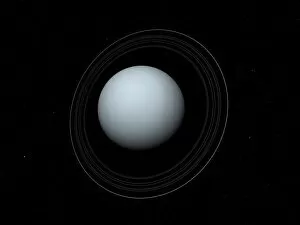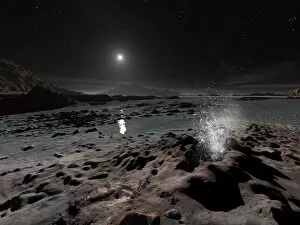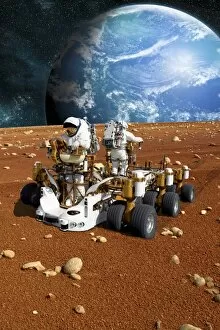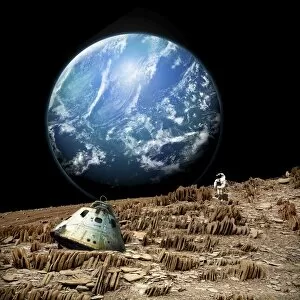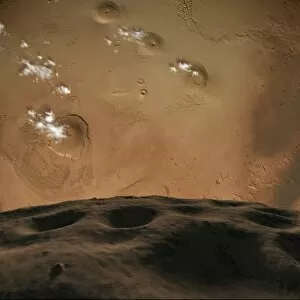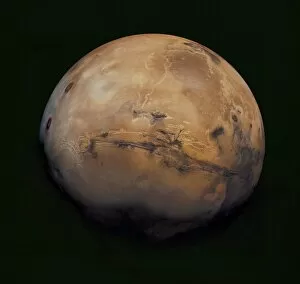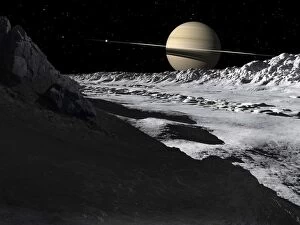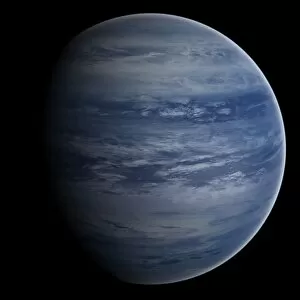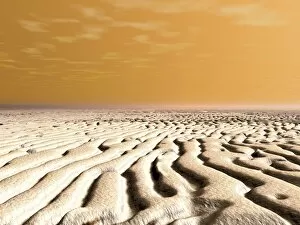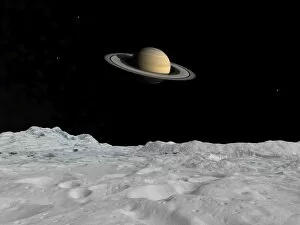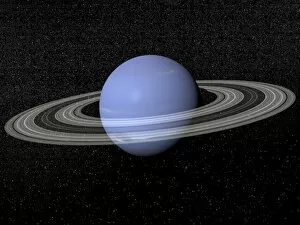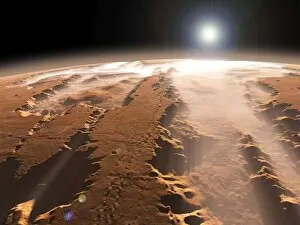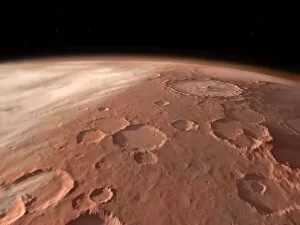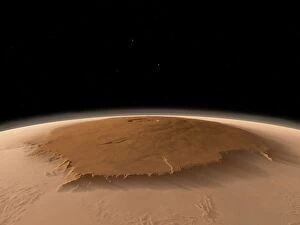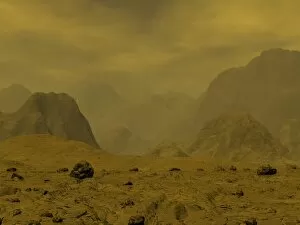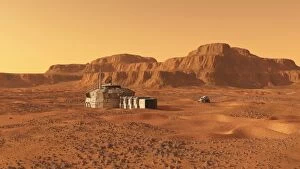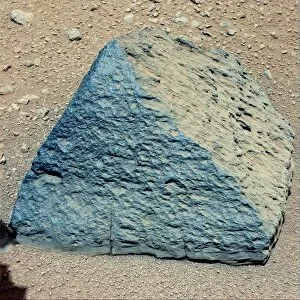Planetary Science Collection (#8)
Planetary science, a captivating field that unveils the wonders of our vast universe
All Professionally Made to Order for Quick Shipping
Planetary science, a captivating field that unveils the wonders of our vast universe. It reminds us of our insignificance in the grand scheme of things, as Carl Sagan eloquently put it with his iconic phrase "Pale Blue Dot. " Voyager 1's mesmerizing Earthrise photograph and breathtaking artwork transport us to a realm where we witness the beauty and fragility of our home. As we delve deeper into the Solar System, each planet reveals its unique charm. From the colossal gas giants to the small rocky worlds, their diversity astounds us. Artwork showcasing this celestial dance allows us to envision ourselves among these distant neighbors. Voyager 2's image of Neptune captivates our imagination with its vibrant blue hue and mysterious atmosphere. New Horizons' snapshot of Jupiter and its moon Io showcases an otherworldly ballet unfolding before our eyes. The Curiosity rover traverses Mars' rugged terrain, leaving no stone unturned in its quest for knowledge. Spirit rover's image captures a Martian landscape that echoes both desolation and untapped potential. Beyond our own Solar System lies countless marvels awaiting exploration. The Crab Nebula stands as a testament to nature's ability to create awe-inspiring spectacles on unimaginable scales. And then there is that magical moment when we see Earth’s Moon rising over the horizon from space—a sight so profound it evokes feelings of unity and humility within us all. In this ever-evolving field, planetary science continues to unravel mysteries while igniting curiosity within humanity. With every discovery made, we inch closer towards understanding not only our place in space but also what lies beyond—beckoning explorers yet unborn to embark on new cosmic adventures.






